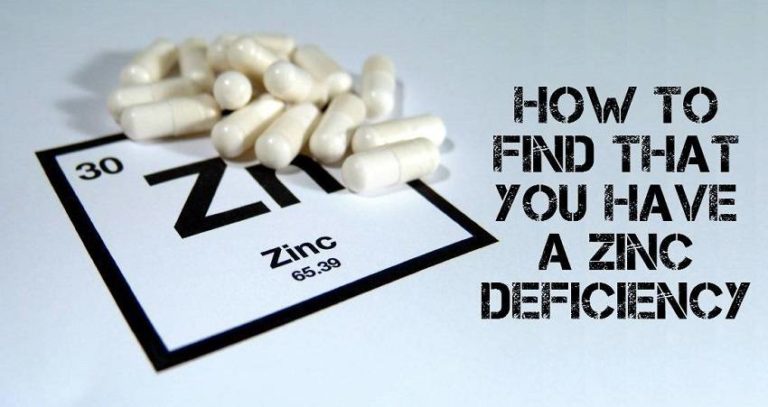The old saying goes, you are what you eat. Cooking methods affect your health and, to a great extent, safety.
We will discuss how to ensure food safety and health. This article also explains the best and worst cooking methods used today.
Food Safety When Cooking Foods
1. Healthy Cooking Methods
Preparing food the safe way is as crucial for our well-being as food storage or preparation. There is a possibility of cross-contamination from raw to prepared foods, which causes food poisoning. Most foods, in particular meat, poultry, egg, and fish, need thorough cooking to kill inherent bacteria.
The optimum temperature to cook food is 75 degrees Celsius or hotter. It’s best to serve food quickly once cooked, and it should be warmer than 60 degrees Celcius.
Some individuals are more susceptible to food poisoning than others. These include pregnant women, young children, or the elderly with a suppressed immune system. One should take special care when preparing or storing for them.
Note that bacteria grow more quickly on some foods than others. These foods include meat (raw or cooked), dairy products, eggs: seafood, pasta, and salads. Note that bacteria on eggshells can contaminate food and result in food poisoning.
Reheat food to a temperature of above 75 degrees Celsius. You can store cooked food in the refrigerator for a few days. Keep it separate from raw meats to avoid contamination.
2. High-Risk Foods Safely
Remember that bacteria grows on some foods faster than others. These high-risk foods include:
- Meat, including poultry and foods containing it;
- Dairy products or foods made with dairy, including cheesecakes and custard tarts;
- Ham and salami;
- Fruit salad;
- Ready-to-eat-foods, e.g., sandwiches and pizza;
- Prepared Salads
The temperature danger zone for high-risk foods is between 5 degrees Celsius and 60 degrees Celsius. If you keep them in the danger zone for more than 2 hours, but less than 4 hours, eat them immediately. Discard any foods stored for longer than this amount of time.
3. When Cooking Food
Cook or reheat food to a temperature of 75 degrees or hotter. Make sure to cook meats right through to the center. Cook fish until it flakes With a fork.
When cooking eggs, do so thoroughly. Exercise care when preparing food with raw eggs As bacteria is present on eggshells.
4. When Storing Food
If you need to store food, make sure that the steam stops rising before covering it and putting it in the fridge. Keep it out of the temperature danger zone mentioned earlier. If you need to keep it for longer, freeze it at once after storing it in the fridge.
What Are the Worst Ways to Cook Your Food?
Eating well is crucial, and most of us know that too much of a good thing is bad for us. However, we often neglect a vital aspect of healthy eating – preparing food the right way. The cooking methods below allow us to come up with sumptuous dinners but aren’t the healthiest ones.
1. Simmering
Simmering involves cooking food in water at a constant temperature. Chefs enjoy this food preparation method because it cooks food evenly. It is a go-to method for preparing stocks and soups.
A downside to cooking this way is that foodwill lose its vitamins and other nutrients. These tend to leak into the cooking liquid. For example, people leave bone broth to simmer on the stove for several hours.
The longer it stays on the stove, the tastier it is. However, simmering releases glutamic acid into the broth. Few of us know that it is an excitotoxin that binds receptors to the brain and body, destroying neurons.
2. Grilling and barbecuing
Everyone enjoys a hearty BBQ. There’s no better way to bond with family and friends than a few hours over a hot grill. However, it releases carcinogenic compounds.
There’s good news. Black pepper, according to studies, removes harmful substances. Scientists found that it eliminates heterocyclic amines.
Barbecuing meat over hot charcoal enhances its taste. Like grilling (which may not take place over charcoal), barbecuing releases fats, which turn into carcinogenic substances when they interact with coals.
3. Slow cooking
Slow cooking increases the flavor of food, but there are downsides to it. Long slow cooking breaks down the collagen in meat, which causes it to lose its tenderness.
If you are planning a dinner that involves lengthy cooking preparation, the best way to cook is to cover your pan tightly with a lid and add lots of spices.
4. Deep-frying
It isn’t news that deep-frying is one of the worst ways to cook food. It releases oxidized fats, sugars, and compounds linked to cancer. This study by the Fred Hutchinson Cancer Research Center found that consuming too much deep-fried food causes prostate cancer.
What Are the Healthiest Cooking Methods?
1. Poaching
First of all is a close cousin of simmering, poaching. The difference is that water should be in a small amount, just below boiling point. As experts suggest, the food may lose nutrients. However, it’s the best way to prepare delicate food like eggs, vegetables, or fruits.
2. Sauteeing
This method of cooking isn’t oil-free. Thankfully, only a small amount of oil is needed, just enough to share your vegetables. It’s suitable for preparing small, tender cuts of meat. It’s also proven to be useful for preparing bell peppers, julienned carrots, sliced potatoes, and snow peas.
3. Stir-frying
This cooking method is perfect for preparing lean cuts of meat, noodles, and shellfish. Cooking is quick, so the food retains most of its flavor.
You’ll need to heat oil to a high temperature to stir fry food successfully. Chefs highly recommend groundnut or grapeseed oil, which allow you to cook at high temperatures.
4. Steaming
Unlike boiling or simmering, steaming involves cooking food above water. Whatever you prepare on the stove doesn’t lose nutrients, which makes this method a healthy one.
There are various ways to steam food, but the essential point to note is that the water mustn’t boil dry. It’s the ideal way to prepare chicken, vegetables, and new potatoes. Remember not to sprinkle salt over the food doing this draws out moisture.
5. En Papillote
Attribute the slim figures of the French to the way they cook. Many of them prepare food using a method known as En Papillote, a cousin of steaming. The difference? En Papillote Is French for ‘parchment,” or wrapping food before cooking it.
You might say that this method is a step up from steaming because wrapping the food in paper retains its nutrients. The result is almost always a healthy, flavorful meal.
In all, how healthy you are depends greatly on the cooking methods you use. Come up with a tasty menu using the recommended ones.
References:
- https://www.ncbi.nlm.nih.gov/
- https://www.cancer.gov/
- https://www.betterhealth.vic.gov.au/
- https://www.cfs.gov.hk/
- https://health.gov.au/





Third generation vegetarian here. Yes, the remaining liquid from simmering or boiling vegetables contains the nutrients which is why some cultures, such as American blacks and Asians, retain the liquid to drink or reuse it for a broth. In black American culture, the liquid from boiling greens is called ‘pot liquor’ and considered a delicacy. I say this to keep you from perpetuating misinformation that simmering veg/legumes as unhealthy. It astounds me how other cultures don’t know how to prepare vegetables healthily.
Thank you for your feedback. I agree that vegetable broth is nutritious. However, the vegetables themselves lose their nutrients. According to this study, vegetables like Broccoli lose up to 50% of their nutrients when boiled or simmered. All cooking methods cause some nutrient loss.
https://www.ncbi.nlm.nih.gov/pubmed/19650196